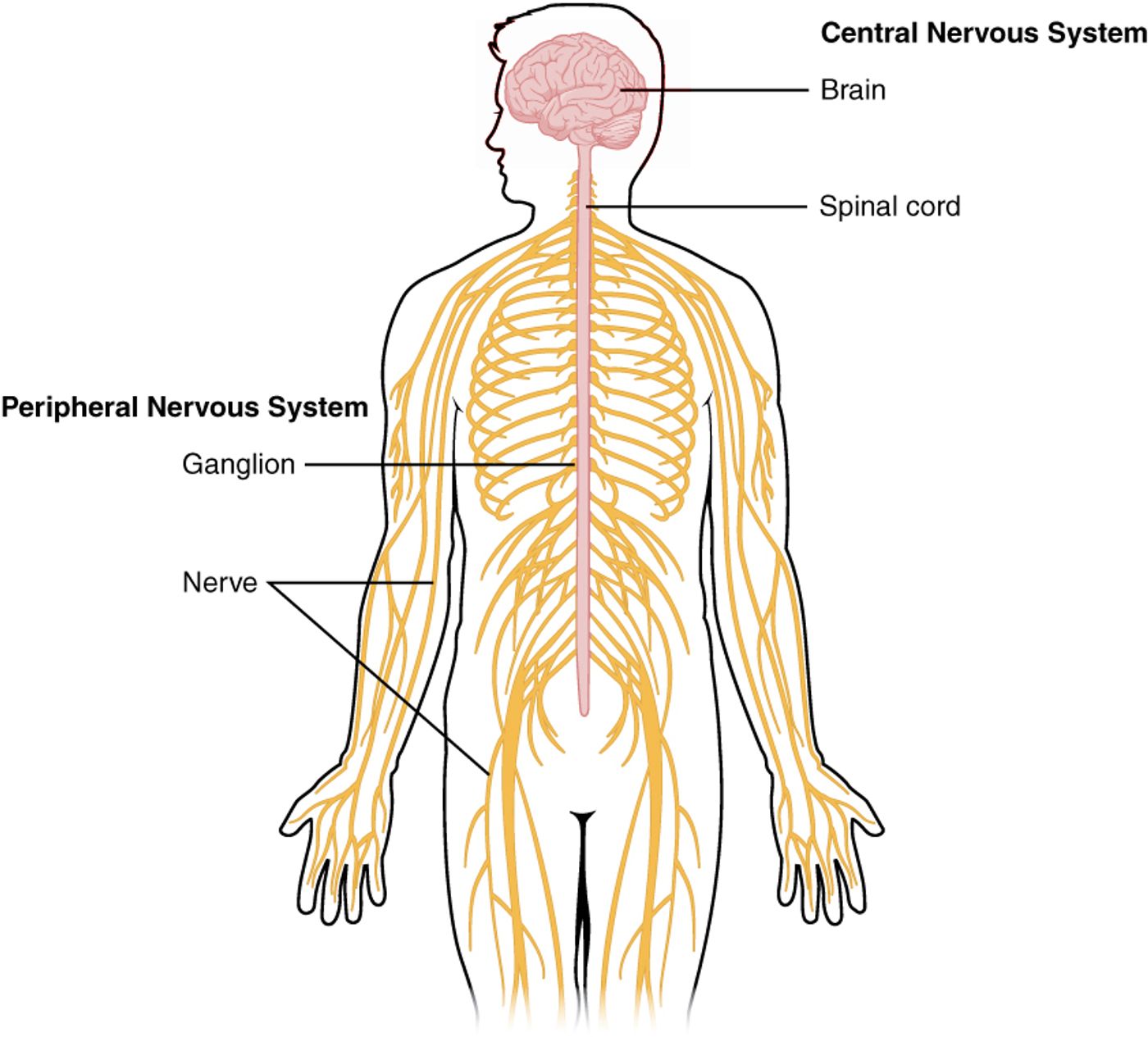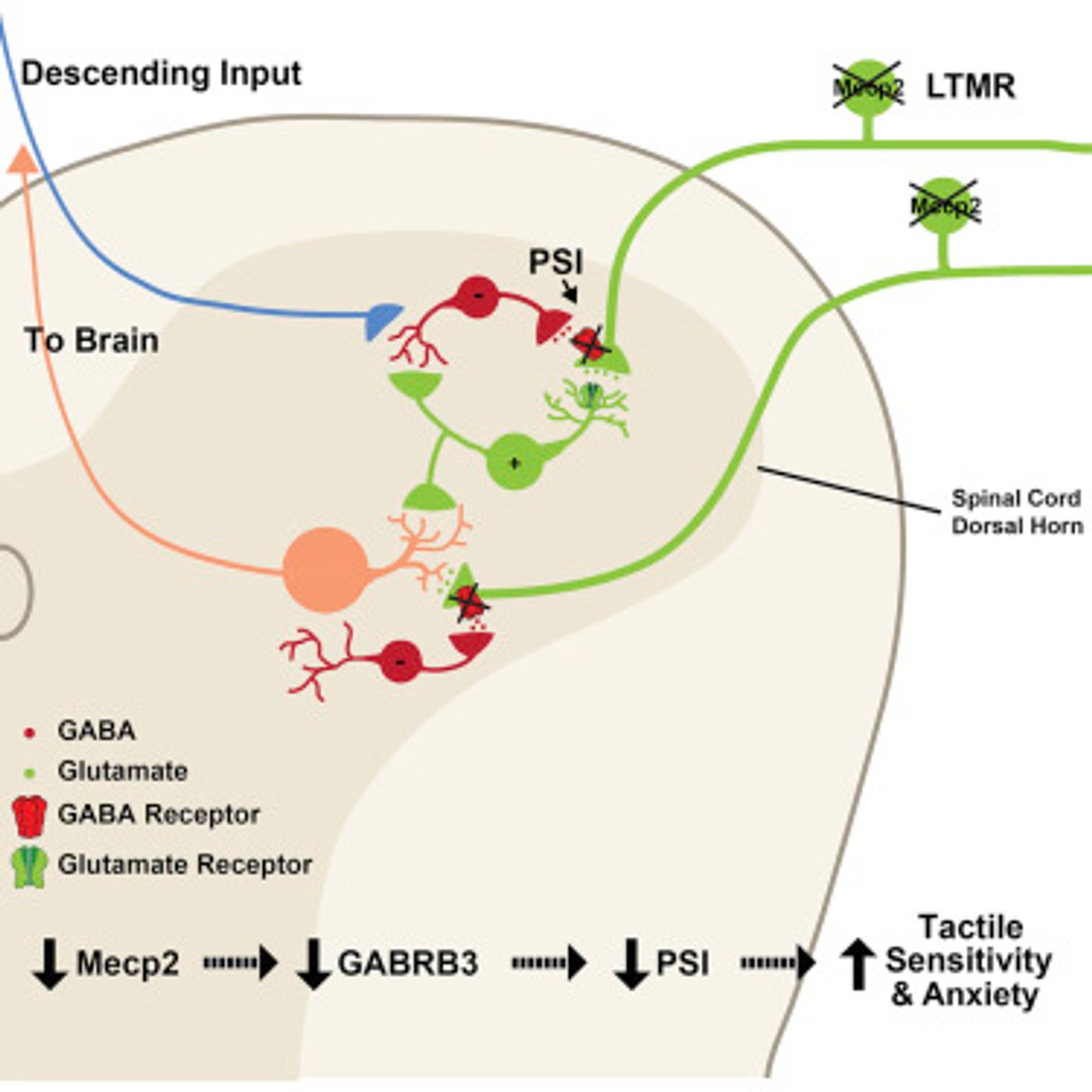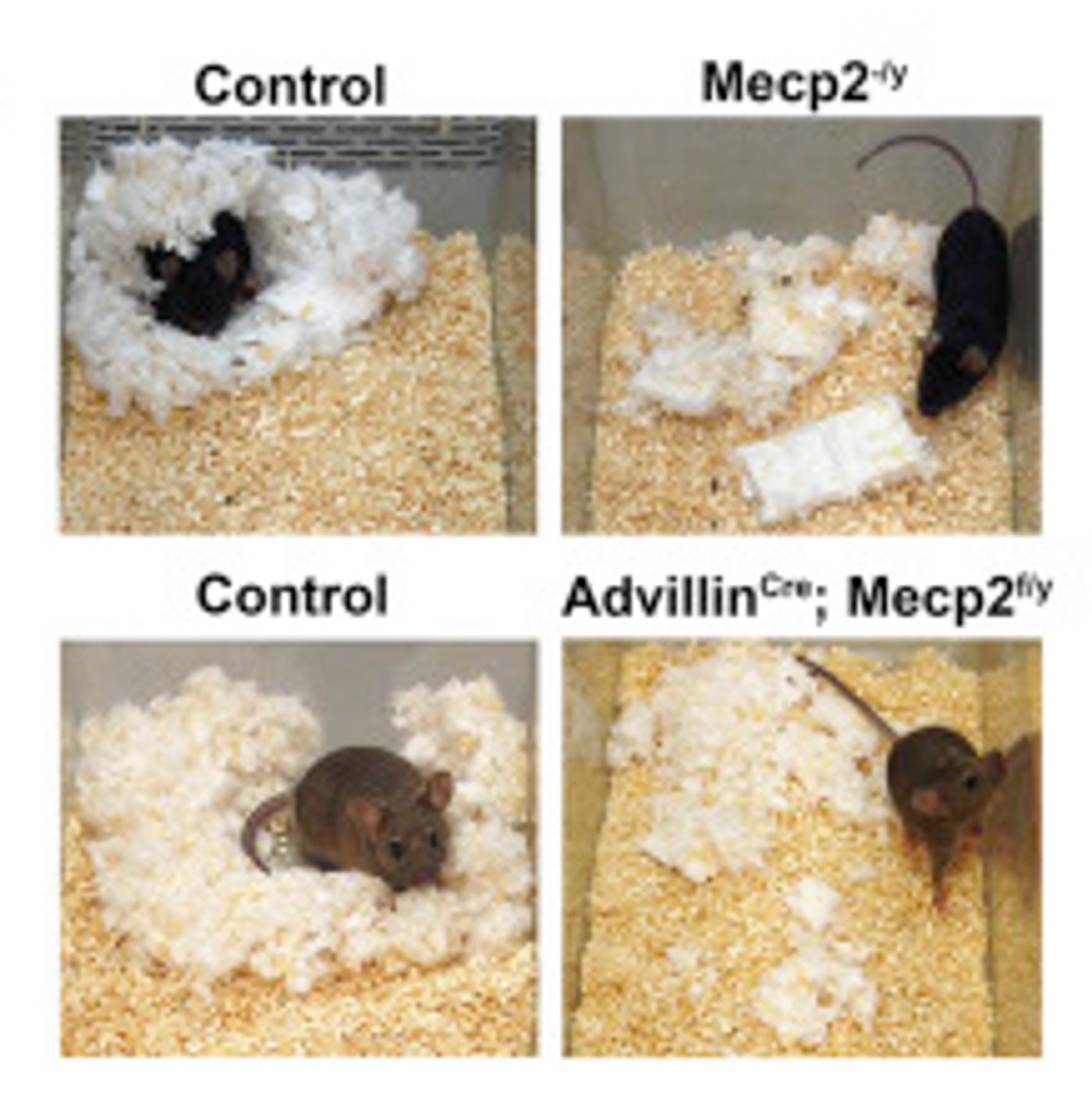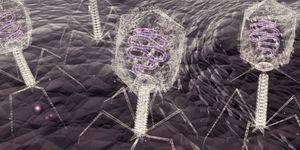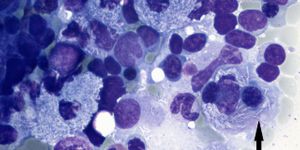Autism spectrum disorders (ASDs) are a group of developmental disabilities usually considered to be due to dysfunction in the development of the brain. Characterized by behavioral issues like impaired social interactions, obsessions, repetitive routines and behaviors, and extreme sensitivity to touch or tactile defensiveness, it is challenging to diagnose.
A new
study done in mice and published June 9 in Cell proposes that at least some features of the disorder - such as anxiety, social abnormalities and how touch is sensed - are linked to defects not in the brain but in the periphery of the nervous system; the hands, limbs, and other parts of the body that transmit sensory input to the brain.
"An underlying assumption has been that ASD is solely a disease of the brain, but we've found that may not always be the case," explains the senior author of the study, David Ginty, who is a Professor of Neurobiology at Harvard Medical School as well as a Howard Hughes Medical Institute Investigator. "Advances in mouse genetics have made it possible for us to study genes linked to ASD by altering them only in certain types of nerve cells and studying the effects."
There have been a few gene mutations associated with ASD, so the researchers started by studying them. Those genes are thought to be critical for nerve cells to function normally. Previous studies have also linked mutations in these genes to dysfunction in how neurons interact with one another.
"Although we know about several genes associated with ASD, a challenge and a major goal has been to find where in the nervous system the problems occur," continues Ginty. "By engineering mice that have these mutations only in their peripheral sensory neurons, which detect light touch stimuli acting on the skin, we've shown that mutations there are both necessary and sufficient for creating mice with an abnormal hypersensitivity to touch."
The scientists tested how sensitive the mice were to touch stimuli by puffing a bit of air on their backs or seeing if the mice were able to tell the difference between various textures. Mice who carried ASD gene mutations only in sensory neurons showed heightened sensitivity to touch and could not discriminate between different textures. It was found that communication between neurons in the skin that sense touch and neurons in the spinal cord that relay touch information to the brain was also abnormal. This demonstrated that mice with mutations in ASD-associated genes have abnormalities in their tactile perception.
The investigators next used established behavior tests to examine anxiety and social interactions in these mice. Interestingly, mice with ASD gene mutations that were limited to peripheral sensory neurons exhibited increased anxiety and had fewer interactions with other mice. "How closely these behaviors mimic anxiety seen in ASD in humans is up for debate," Ginty comments, "but in our field, these are well-established measures of what we consider to be anxiety-like behavior and social interaction deficits."
"A key aspect of this work is that we've shown that a tactile, somatosensory dysfunction contributes to behavioral deficits, something that hasn't been seen before," Ginty explains. "In this case, that deficit is anxiety and problems with social interactions." It remains to be seen exactly how problems with processing sensory information leads to anxiety and social problems.
"Based on our findings, we think mice with these ASD-associated gene mutations have a major defect in the 'volume switch' in their peripheral sensory neurons," says Lauren Orefice, first author of the study. She suggests that the volume is turned all the way up in the peripheral neurons, causing the mice to feel touch at an amplified level. "We think it works the same way in humans with ASD," adds Ginty.
"The sense of touch is important for mediating our interactions with the environment, and for how we navigate the world around us," Orefice continues. "An abnormal sense of touch is only one aspect of ASD, and while we don't claim this explains all the pathologies seen in people, defects in touch processing may help to explain some of the behaviors observed in patients with ASD."
The work continues to find a way to normalize these exaggerated levels of sensory input in peripheral neurons.
An example of a mouse behavior test, open field, is shown below. Basically the position of the mouse is recorded. A normal mouse would be expected to explore all areas of the box in a somewhat even fashion, an anxious mouse will stay on the edges at in the corners.
Sources:
AAAS via Cell Press,
Cell
